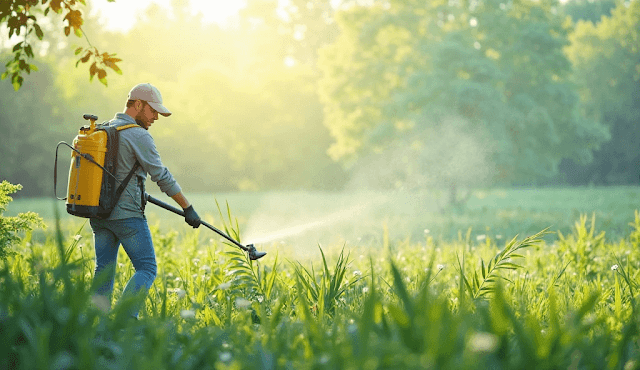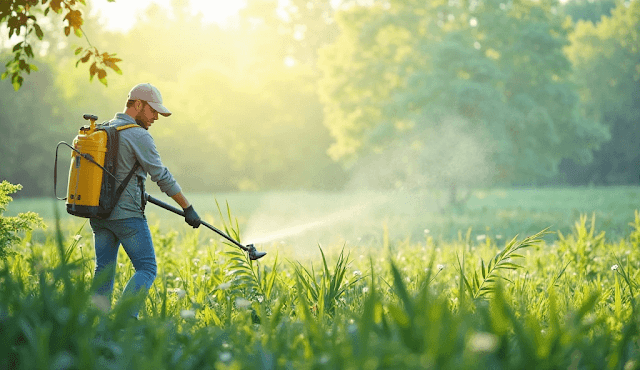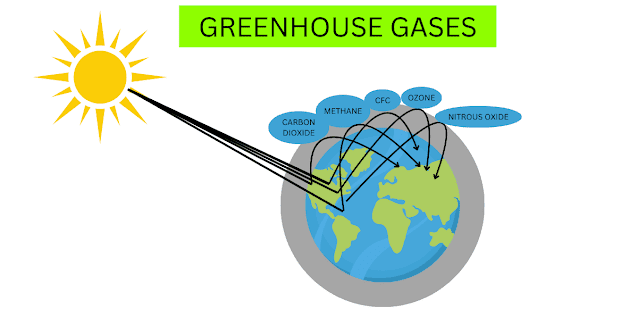7 Alarming Truths About Pesticides and Toxicology That You Need to Know

Pesticides and toxicology
Pesticides and toxicology are important fields that deal with pest control and its impact on health and the environment. Pesticides are chemicals used to protect crops from pests, but their use also raises concerns due to their potential toxic effects. Studying the toxicology of pesticides helps us understand how these substances affect humans, animals, and ecosystems over time.
Introduction to Pesticides:
Pesticides are chemical or biological agents specifically developed to control, repel, or eliminate organisms that are considered pests. These pests can negatively impact agricultural productivity, public health, and overall ecological balance. Pesticides play a pivotal role in protecting crops from insects, weeds, fungi, and rodents, thus contributing to global food security. They are broadly classified into categories such as insecticides, herbicides, fungicides, and rodenticides, each targeting a specific type of pest.
Despite their utility, the extensive and often indiscriminate use of pesticides has sparked widespread concern due to their potential toxicological effects on human health, non-target species, and the environment. Understanding the mechanisms, risks, and regulations surrounding pesticide use is essential for mitigating their adverse impacts while maintaining their benefits.
Chemical Classification and Modes of Action:
Pesticides can be classified not only by their target organisms but also by their chemical structures and mechanisms of action. Here’s a detailed breakdown:
1. Insecticides – Target insects and other arthropods:
- Organochlorines (e.g., DDT): These compounds disrupt neural transmission by altering the function of sodium channels in nerve membranes, leading to repetitive nerve firing. Though effective, many organochlorines are now banned or restricted due to their environmental persistence and bioaccumulation.
- Organophosphates (e.g., malathion, chlorpyrifos): Inhibit acetylcholinesterase, an enzyme critical for breaking down the neurotransmitter acetylcholine. Inhibition causes overstimulation of nerves, resulting in paralysis or death in insects—and potentially serious health effects in humans upon exposure.
- Neonicotinoids (e.g., imidacloprid, clothianidin): Bind to nicotinic acetylcholine receptors, affecting neural signaling. These are widely used due to their selectivity for insects, but have been linked to pollinator decline, especially in bees.
2. Herbicides – Control or eliminate unwanted plants:
- Auxin Herbicides (e.g., 2,4-D, dicamba): Mimic natural plant hormones (auxins), causing uncontrolled and disorganized plant growth leading to death. Commonly used in broadleaf weed control.
- Photosynthesis Inhibitors (e.g., glyphosate, atrazine): Disrupt the shikimic acid pathway, vital for amino acid synthesis in plants. Glyphosate, one of the most widely used herbicides globally, has sparked controversy regarding potential carcinogenicity.
3. Fungicides – Combat fungal pathogens:
- Azoles (e.g., tebuconazole, fluconazole): Inhibit the synthesis of ergosterol, a key component of fungal cell membranes. This leads to impaired membrane function and fungal death. Long-term use may contribute to antifungal resistance.
4. Rodenticides – Target rodents such as rats and mice:
- Anticoagulants (e.g., warfarin, bromadiolone): Prevent blood clotting by disrupting vitamin K recycling, leading to internal hemorrhaging. Secondary poisoning is a concern, where predators consuming poisoned rodents are also affected.
Toxicological Mechanisms:
The toxicity of pesticides is multifaceted and influenced by the chemical nature, exposure route (inhalation, ingestion, dermal contact), dosage, duration, and individual susceptibility (e.g., age, genetics, pre-existing conditions).
- Acute Toxicity: Refers to the short-term effects of a single or high-dose exposure. Symptoms may include nausea, dizziness, respiratory distress, and even death. The LD50 (lethal dose for 50% of test subjects) is a standard metric used to compare acute toxicity across substances.
- Chronic Toxicity: Arises from prolonged, low-dose exposure and is more insidious. Chronic exposure has been associated with:
- Endocrine disruption
- Reproductive harm
- Carcinogenic effects
- Neurodevelopmental disorders, especially in children (e.g., ADHD, autism spectrum links to organophosphate exposure)
- Carcinogenicity: Some pesticides, such as glyphosate and certain organochlorines, are classified by agencies like the IARC (International Agency for Research on Cancer) as probable or possible human carcinogens. Mechanisms include DNA damage, oxidative stress, and hormonal interference.
Environmental Toxicology:
Pesticide residues and by-products often infiltrate ecosystems, affecting organisms beyond their intended targets:
- Bioaccumulation: Lipophilic (fat-loving) pesticides like organochlorines accumulate in fatty tissues of organisms, leading to chronic toxicity.
- Biomagnification: Concentration of pesticides increases at successive trophic levels. Top predators (e.g., birds of prey, humans) often suffer the highest exposures.
- Persistence and Degradation: Some pesticides remain in the environment for years. For example, DDT can persist in soil and water, leading to long-term contamination.
- Ecosystem Disruption: Pollinators such as bees and butterflies are highly sensitive to even sublethal pesticide doses. Their decline threatens not only biodiversity but also crop pollination and food production.
Regulatory Frameworks:
The use and approval of pesticides are regulated by national and international agencies to ensure public and environmental safety. Key regulatory elements include:
- Hazard Identification: Determines whether a pesticide can cause harm.
- Dose-Response Assessment: Identifies the relationship between exposure levels and adverse effects.
- Exposure Assessment: Evaluates potential human and environmental exposure scenarios.
- Risk Characterization: Integrates data to estimate the likelihood and severity of harm under actual use conditions.
Agencies like the U.S. EPA, EFSA (European Food Safety Authority), and FAO/WHO Joint Meeting on Pesticide Residues (JMPR) play critical roles in setting maximum residue limits (MRLs) and promoting Integrated Pest Management (IPM) — a holistic strategy combining biological, cultural, and chemical tools to manage pests sustainably.
Conclusion:
Pesticides are both a boon and a challenge in modern society. Their role in safeguarding crops and controlling disease vectors cannot be overstated. However, their potential to harm human health, degrade ecosystems, and persist in the environment necessitates cautious and informed use. The future of pesticide management lies in:
- Advancing safer, more selective formulations
- Enhancing biopesticide development
- Promoting precision agriculture and IPM
- Strengthening public awareness and regulatory oversight
Striking the right balance between agricultural productivity and environmental stewardship is imperative to ensure a sustainable and healthy future for generations to come.




